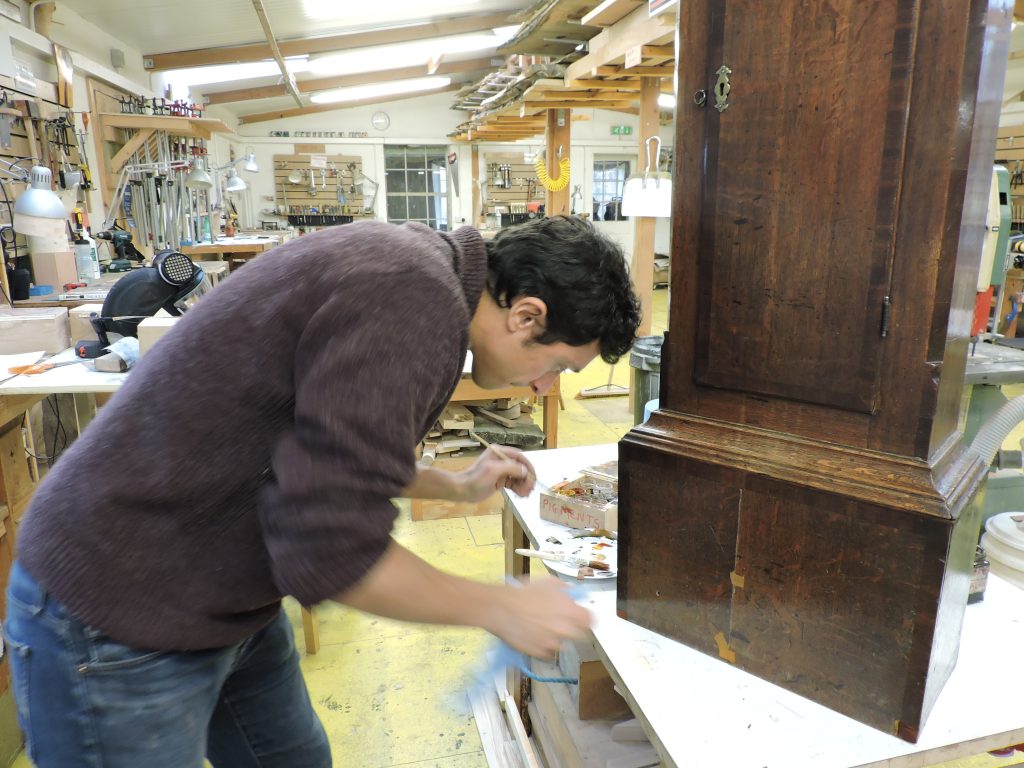In today’s throw-away world, it sometimes seems easier to chuck out the sofa when you change the colour of your living room walls.
But it’s an attitude that’s changing, driven largely by a growing recognition that fine old furniture has an intrinsic quality that new furniture often doesn’t.
But it’s also about the environment, and a greater understanding of how a use-and-dispose culture is unsustainable.
That’s why we put so much effort into teaching our professional course students about restoration. Not only do they acquire skills that they can use across the furniture design and making spectrum but, for some students, it’s a specialism that they want to concentrate on in their professional careers.
We’re lucky at the Chippendale school to have a restoration business as part of our set-up, and we have customers not only across Scotland but the north and midlands of England.
While we’re extremely careful about how we allow students to work on the pieces we take in, it gives them insight and experience into all aspects of restoration.
Some pieces, for example, need only be sanded and waxed. Others may need new pieces made and fitted – and then properly colour matched to blend the old and the new.
One student who wants to incorporate furniture restoration into his business portfolio is Matthew Hayward, who has lived in London, Somerset and the Scottish Highlands, and whose main career was in hospitality, working at prestigious locations such as at Skibo Castle in Sutherland and Claridge’s in London.
His interest in furniture restoration stems from an antique furniture restoration course he attended in London, using the experience to restore a piece of furniture gifted to him by his grandfather.
Matthew is pictured here learning the delicate art of colour matching on an antique grandfather clock.
